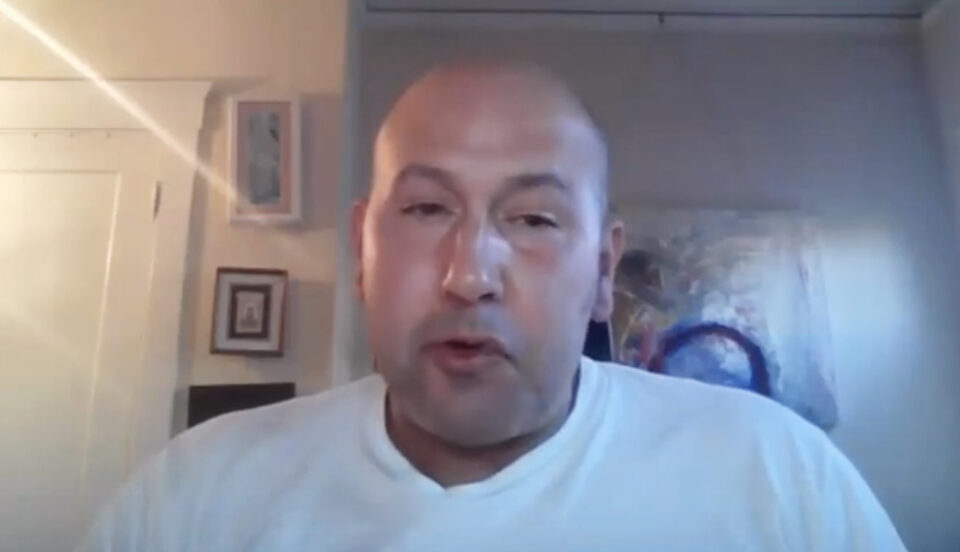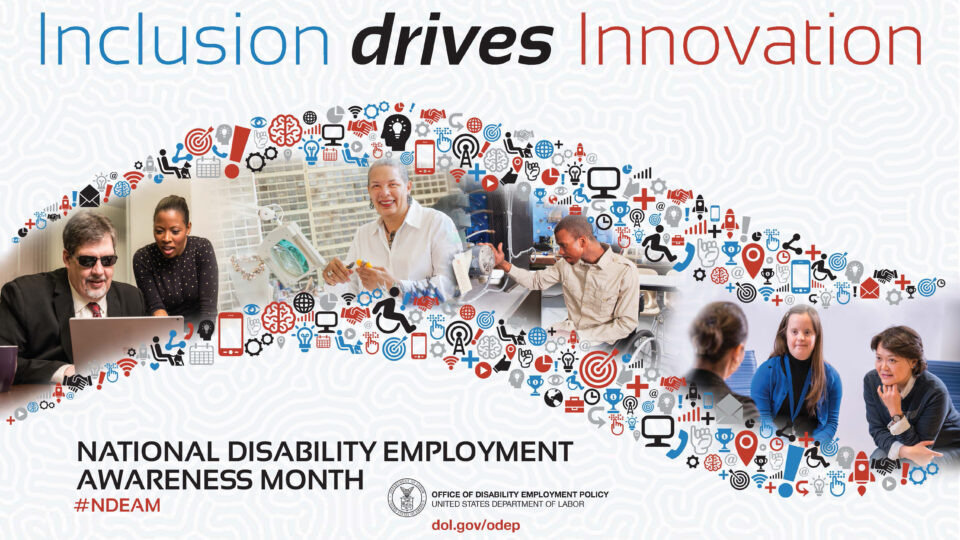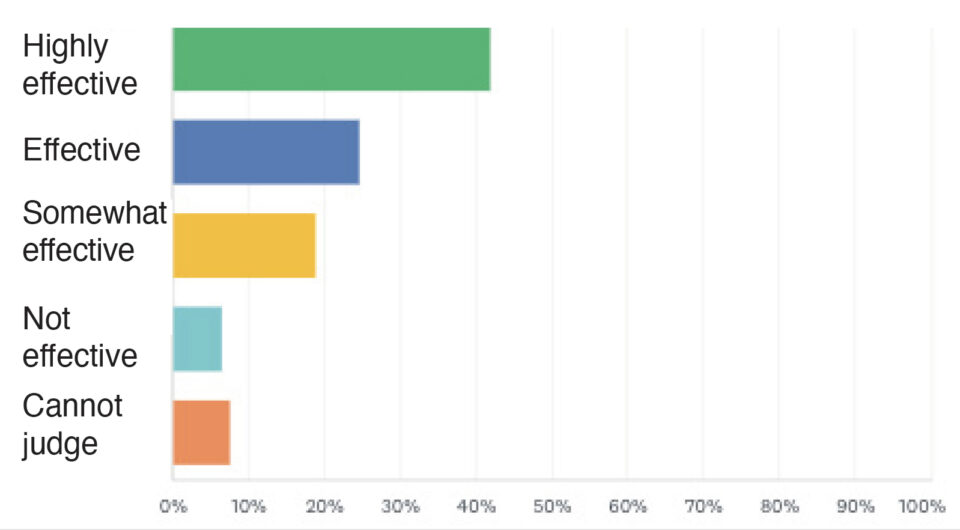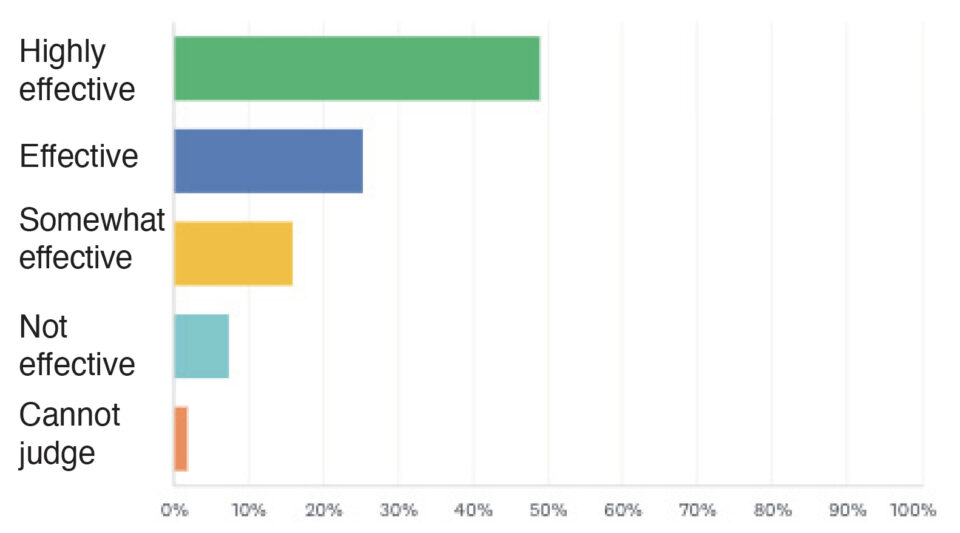Faculty Focus
Meet Sarah Harmon, Cañada Spanish professor, OER supporter and long-time advocate for the rights of adjunct faculty
Interview by Marianne Kaletzky, AFT 1493 Executive Secretary
Sarah Harmon has taught Spanish in the district–mostly at Cañada College–since 2005. As one of our many long-time adjunct professors, we wanted to give her a chance to share some of her experiences, accomplishments and ideas to provide one example of the many highly committed and talented part-time faculty members dedicated to giving our students the highest quality education.
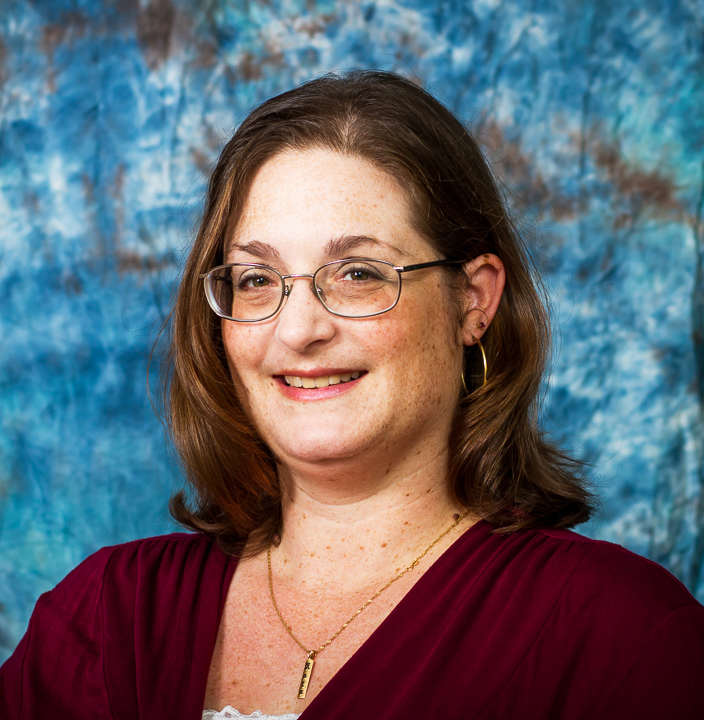
Tell us about the path you took to your current role. What led you to become a professor of Spanish and Linguistics?
The short version is that I’ve been fascinated by languages since I was a tot—growing up in a multilingual family (English and Italian) and a multilingual neighborhood, not to mention hearing several dialects of English all around me. I was analyzing all of this in my head well before I had ever taken a linguistics course 😊 As for the teaching side, I started tutoring my friends in Spanish while still in high school, and it all just stuck. I ended up focusing on historical Romance linguistics and theories of language change, which I still dabble in to this day.
How long have you been in our District, and do you teach or work outside the District?
I first started teaching in Fall 2005, at Skyline. I’ve been at Cañada since Fall 2006. (I’ve also taught courses at times at CSM.)
Currently, I do teach the Spanish language labs at West Valley College in Saratoga, which I’ve done for a couple of years now. Before that, I was also teaching at CCSF.
What were you doing before you worked at Cañada?
Skyline! I think I had a couple of odd jobs, too, mostly in retail and contract work doing translations and technical writing/editing; I started doing that work in college, and it was my side gig for years. Also at that time, I was finishing my dissertation.
What influenced you to get involved with Open Educational Resources and Zero Textbook Cost? What advances have you seen in these areas during the time you’ve been involved with them? What do you think would allow more instructors to implement OER and ZTC?
It’s a bit of a long story, but the shorter version is that it’s been an issue for me since college; a good chunk of my student debt for my bachelor’s degree was on course materials. While I was studying and teaching at the University of Texas at Austin in the early 2000s, they were piloting projects that incorporated open-source sites for language learning. This work, particularly that of Orlando Kelm in Spanish and Portuguese and Carl Blyth in French led to the founding of the Center for Open Educational Resources for Language Learning (COERLL). I’ve been associated with them ever since, mostly as a reviewer and a tester of products.
To say that the OER/ZTC (Zero Textbook Cost) realm has grown since then is an understatement. Even as few as 8 years ago, there weren’t many places to go, and the resources for most disciplines were paltry. The big change happened about 6 years ago; there were several projects that got major funding—OpenStax, Pressbooks, LibreTexts, MERLOT, OER Commons, among others at the collegiate level. That funding led to more projects, better projects, and more collaboration.
It is that combination—funding, time, and collaboration—that we know works in helping faculty to consider, and then switch to, using a variety of open resources and other zero-cost solutions. Faculty need the time to evaluate what is out there, to consider options, and even to remix and author their own projects. This takes compensated time off to do this—it’s no coincidence that the most successful programs offer these incentives and support to faculty who want to make the switch. It also takes a support team to encourage good pedagogy, incorporating the materials into the LMS, and ensuring that everything is accessible to all students. The truth is, open-source materials and zero cost solutions allow faculty to exercise their academic freedom in so many ways, but it all needs to be supported.
What, for you, are the best aspects of your current role at Cañada? What would you most like to see improved?
No question, the best aspects are that I work with the best students, helping them to achieve any and all of their goals. Just below that is that the level of collegiality, both at Cañada and across the district, is epic; I truly relish opportunities to work with my colleagues, so that we can achieve our goals and much more.
What I would like to be improved is the number of opportunities to move up for adjunct faculty. So many of us have been working in SMCCCD for 10 years or more—with good evaluations, with both interest and experience in participatory governance and other areas of service on the campus. Yet there are precious few opportunities for us to gain full-time employment with full benefits. That has to change; not just here, but throughout the academy.
How have you been involved with the AFT union?
Mostly, I’ve been willing to lend a hand in speaking my truth—I’ve made statements at Board meetings and at other gatherings. I’ve attended a few meetings, and worked with various union leaders to inform them on some of the positions that have gone through governance. (My schedule usually keeps me from being able to regularly attend meetings or other activities.)
Are there particular gains you think are valuable for adjuncts in our most recent AFT contract?
No question, that pay raise was huge for us! To be able to finally have step-and-column pay rates, that makes it much more equitable. Additionally, the compensation for Flex Time/Days, regardless of when we are teaching, is an impactful one; this will encourage more adjuncts to come to our Flex Days and participate. Overall, adjunct faculty did get some major concessions… thanks!
There’s a lot of discussion about where faculty labor unions should try to go from here—“here” being a situation in which the majority of higher ed faculty are employed in precarious positions with little guarantee of a continuing assignment. Some people talk about building power to pressure administrators to convert all existing adjunct lines into tenure lines. But we also know some adjuncts are adjuncts by choice, or because they feel shut out of the tenure-track system, or due to some other factor in their lives. What’s your vision of the future we should work to achieve, and how do you think we can get there?
In some ways I touched on it above, but ideally it would be to stop pretending that a 2-tier system of full-time/tenure(track) and adjunct/part-time works. It doesn’t. While for some folks it can work, especially if they see this as their side gig, the reality is that for the last 50 years (at least) the balance of FT/PT has been off—not just at community colleges, but throughout academia. Not just the number of hires of FT non-contingent faculty, but getting more representation of all areas—various ethnicities and other identities. We have to be better. We must be more inclusive, more representative of our communities.
We can get there by rethinking our hiring practices—from how a screening committee is put together to how we gather information from prospective candidates to how interviews are conducted. But we can also get there by rethinking our positions in the first place—viewing potential areas of growth and then hiring for those areas. We need to mentor our adjuncts, encouraging them to apply, and then further mentoring them to ensure that they take to their new roles and shine. We need to hire more full-time faculty—our students need us—and since we have more non-teaching duties to perform than ever before, it becomes clear that you need to have more full-time faculty in order to cover everything—both in the classroom and outside of it.
There is more…but my answer is already lengthy!
Tell us a bit more about your life outside teaching. When you have free time, how do you like to spend it?
I spend my free time…working! (I don’t exactly like having much ‘lazy down time’, but I do take it!) I have a YouTube channel (on hiatus right now, but coming back soon!) where I do explainer videos on various aspects of Spanish grammar and Romance linguistics. That’s on hiatus right now…because I’m working with a group of fellow Spanish professors from other California community colleges, writing an OER textbook for Spanish for Medical Professions. 🤪
Ok, it’s not all work. I cook like a fiend (as many folks around here know!), and I love cooking and baking for loved ones. Lately I’ve been working on some new recipes that are based off of our family traditions (my Northern Italian heritage, my husband’s Japanese heritage). I’m also including my young nephews (aged 8+ and 6) into this, as they both love to cook. In the mornings, I’m usually off on a walk along the Los Gatos Creek Trail (I live in SW San José), although I’m very eagerly awaiting the availability of the new Cañada pool! Oh, and photography; my husband was a photographer for many years (hobby-professional), and he’s been teaching me the basics of photography. If you catch me on Zoom, the backgrounds that you see behind me are all my latest work—a new one for each month.
Finally, what’s a fact not many people in the District know about you?
Oof…I’m such an open book…I don’t know!
Maybe that I had a number of major milestones in the CSM parking lots—I grew up down the hill from CSM, right behind the Crystal Springs Shopping Center. (I remember when Dianda’s and Rainbow Pizza went in there, …so much has changed!) My dad brought me up there to practice riding a bike in the parking lots…and then to roller skate in the parking lots…and then swimming in the pool (that may have been more my mom doing that one)…and then driving in the parking lots and the campus roads. I’m a ‘Sammateyan’!
If you would like to suggest a faculty member for us to interview and feature in an upcoming issue of The Advocate, please contact Eric Brenner, Advocate Editor, (brenner@aft1493.org) or Katharine Harer (harer@aft1493.org.)


